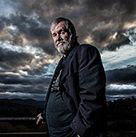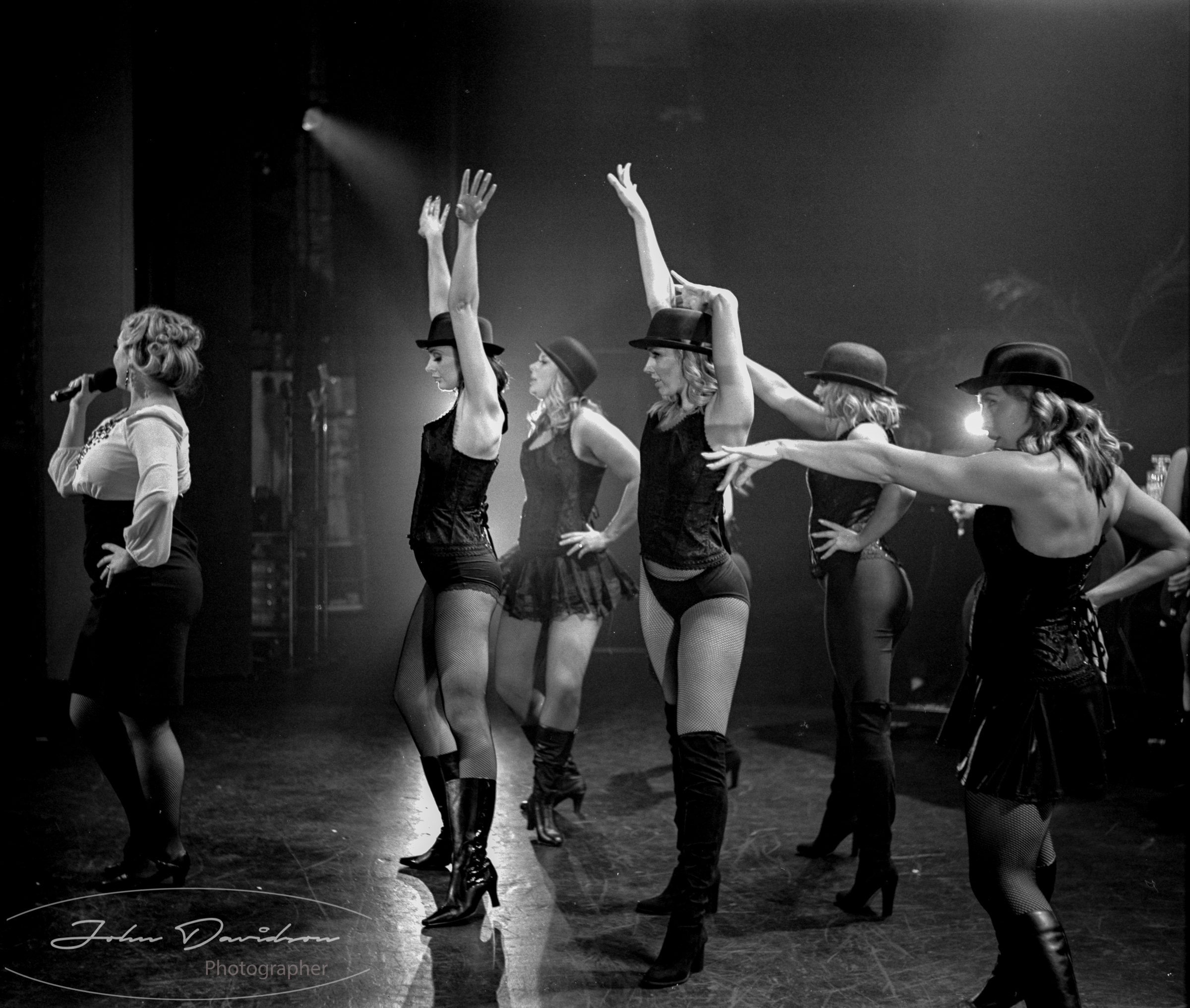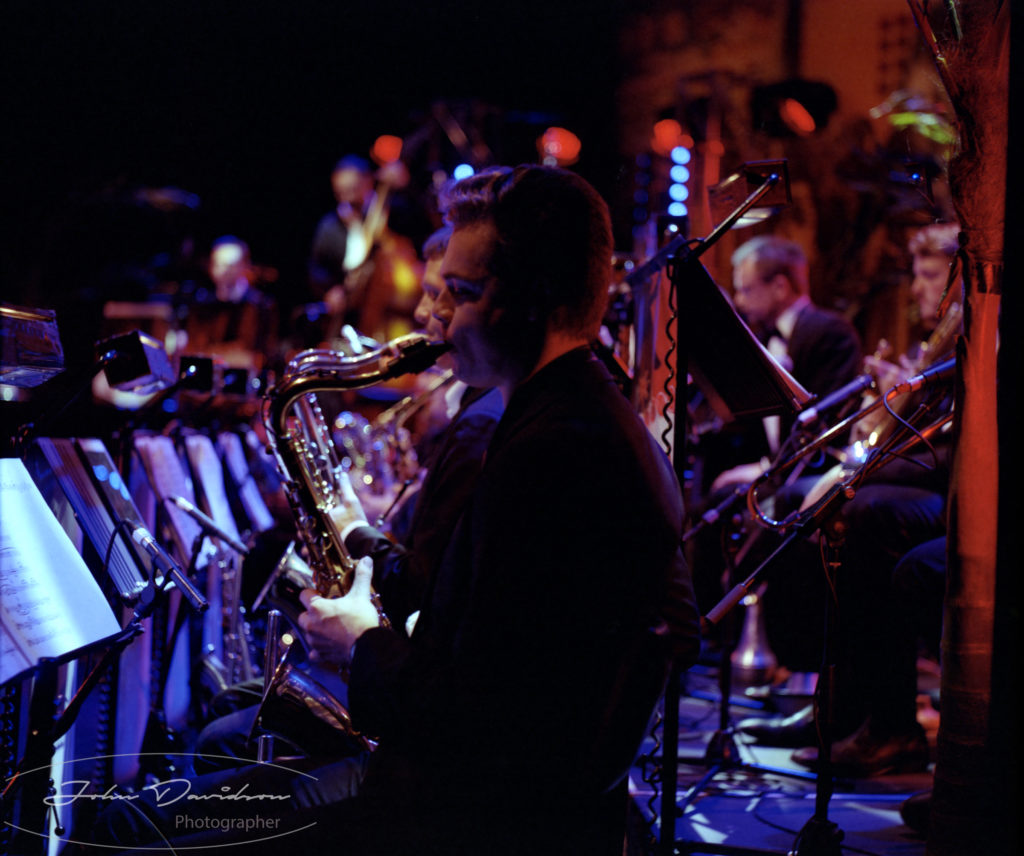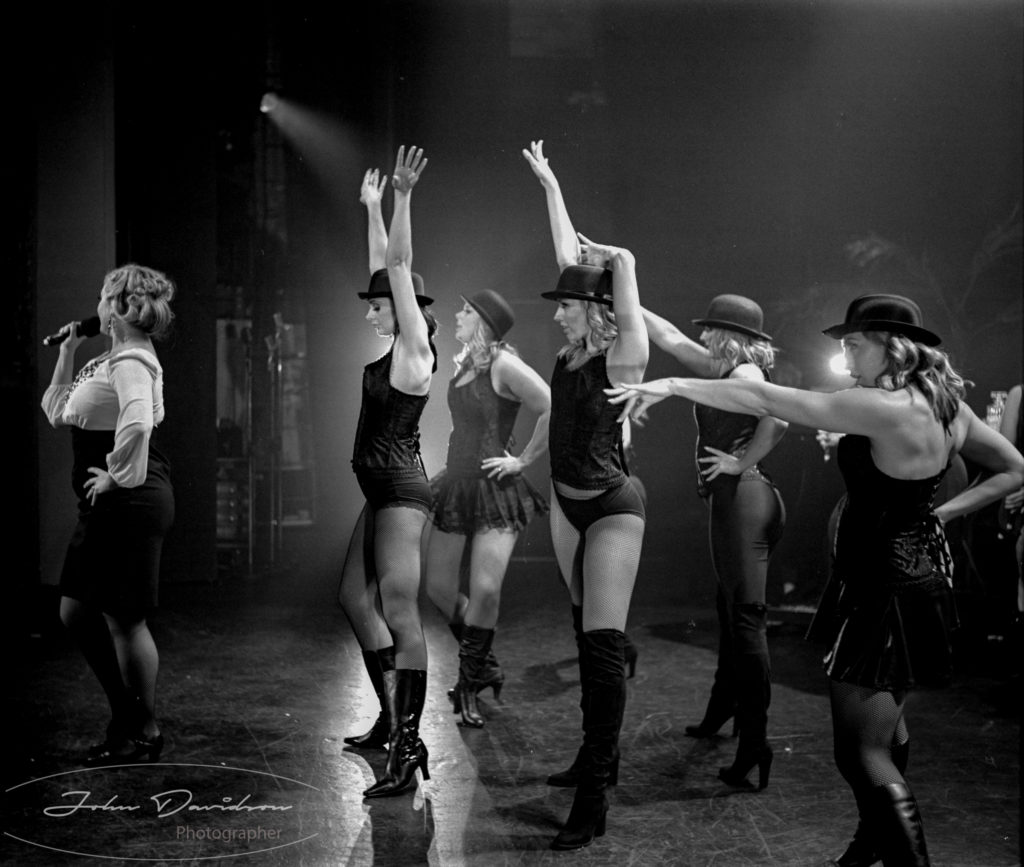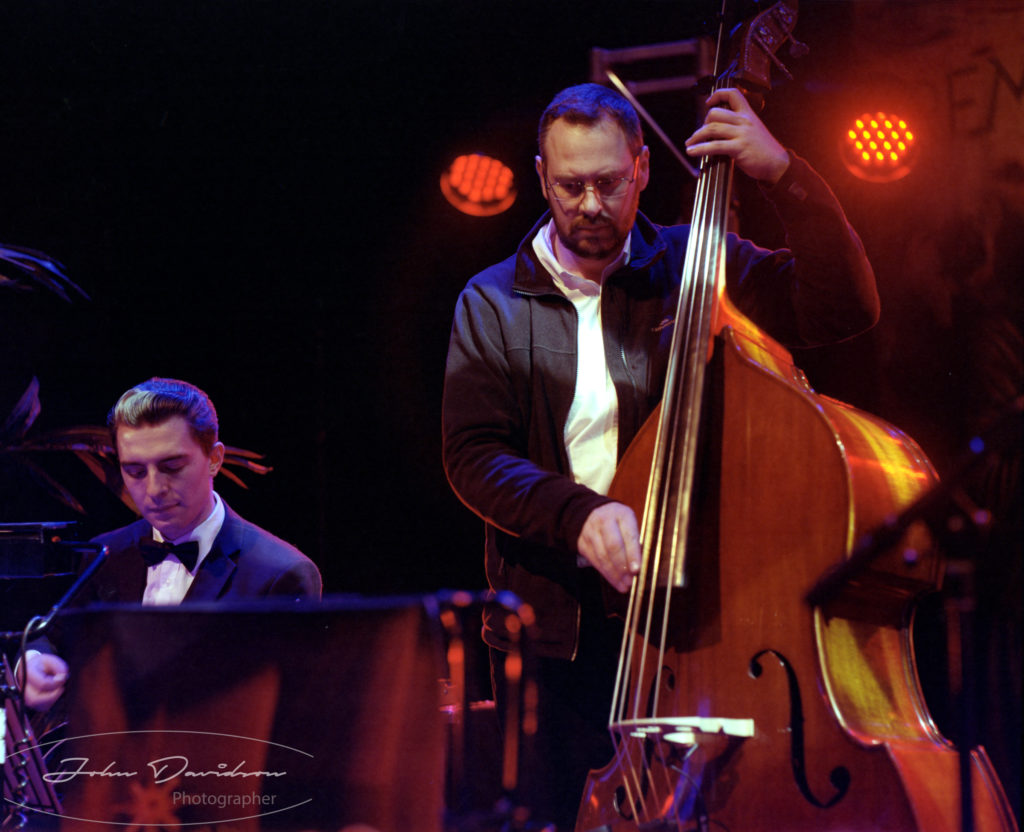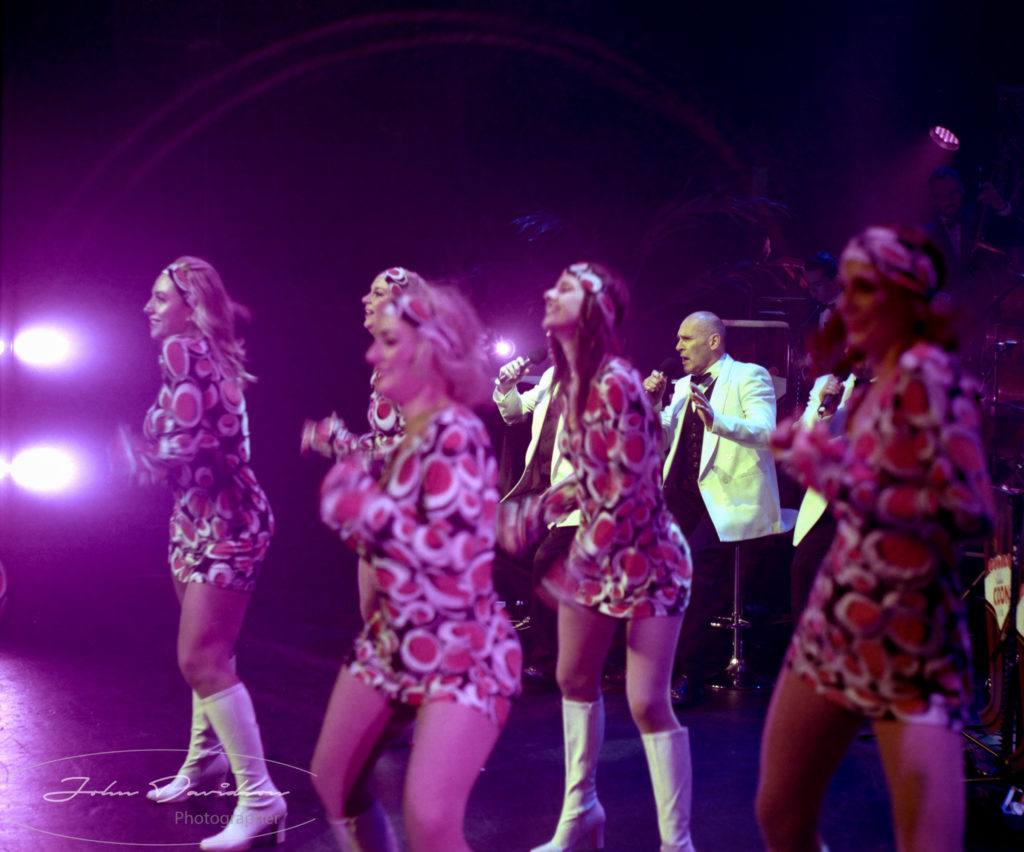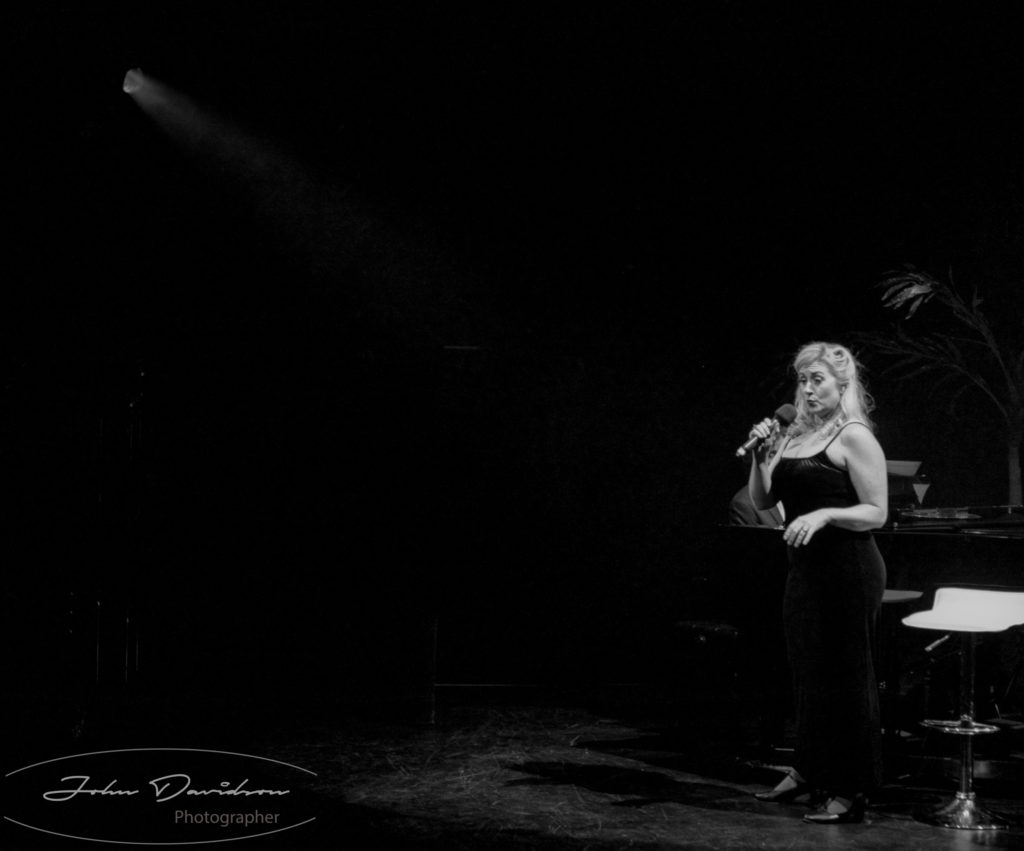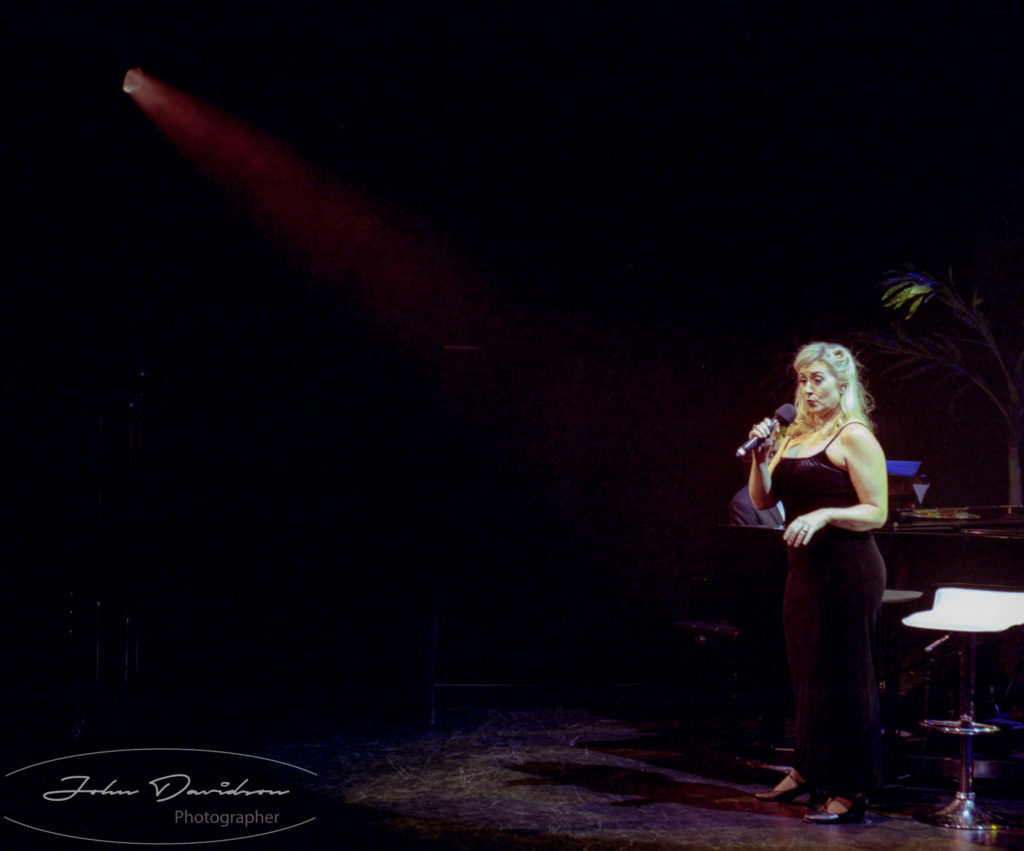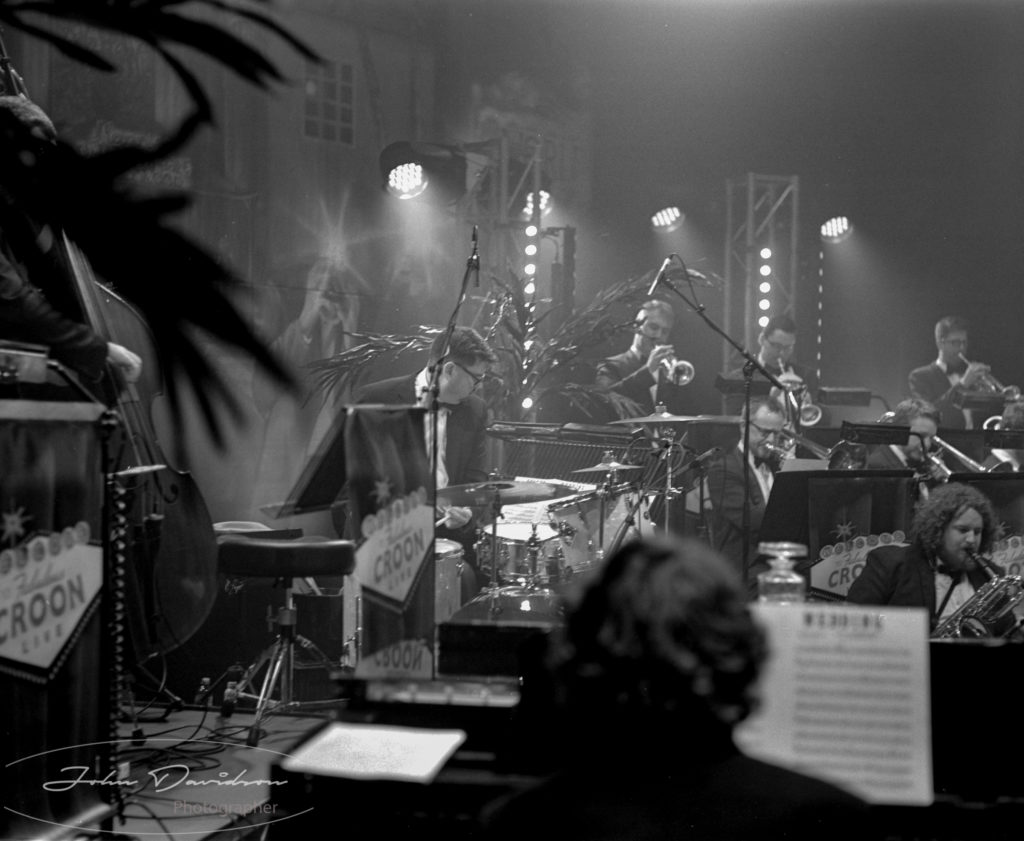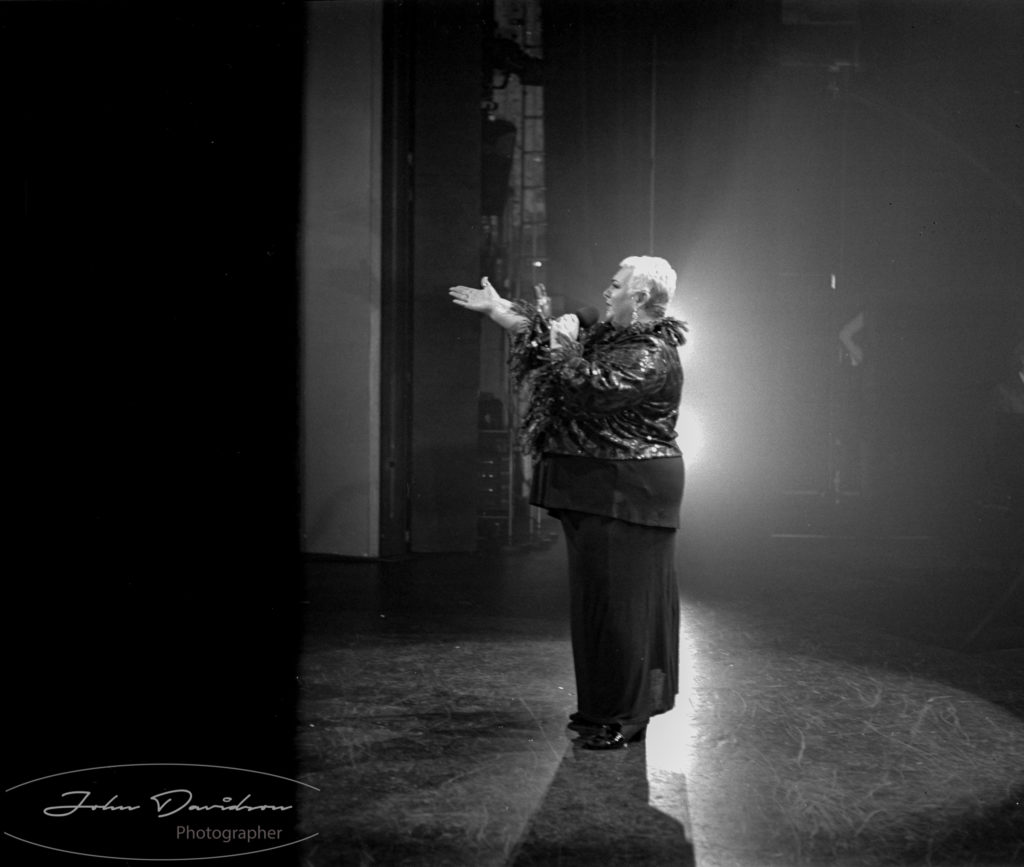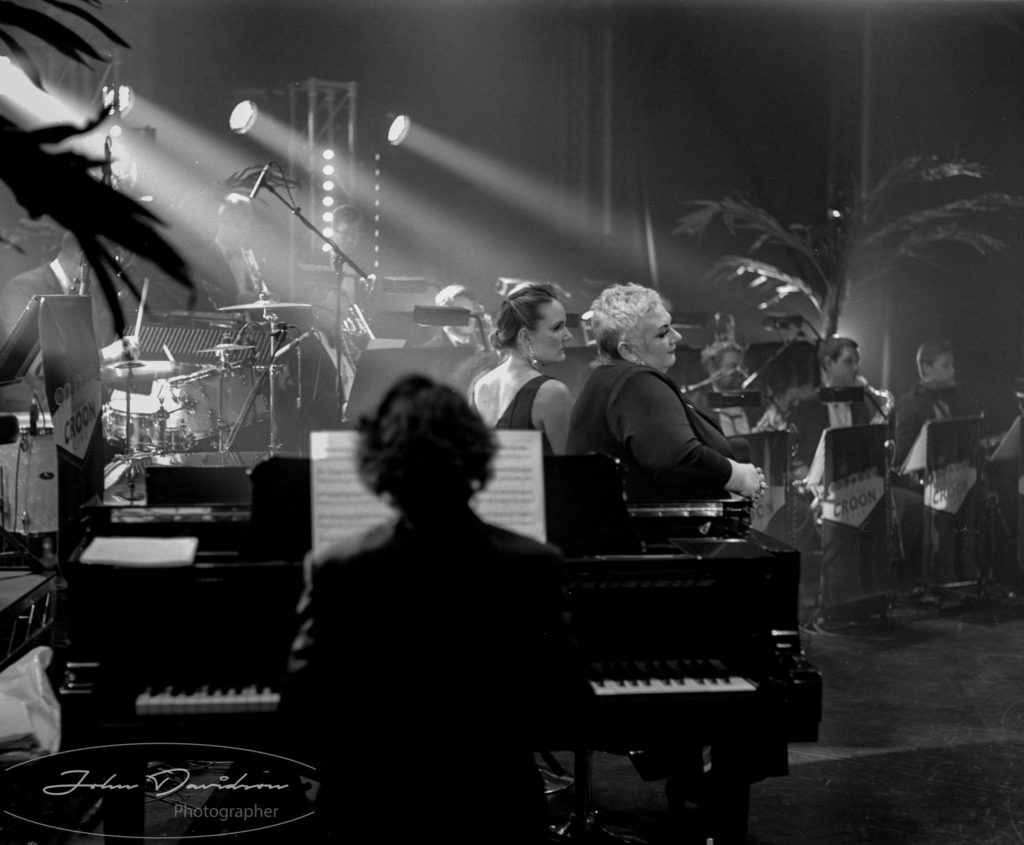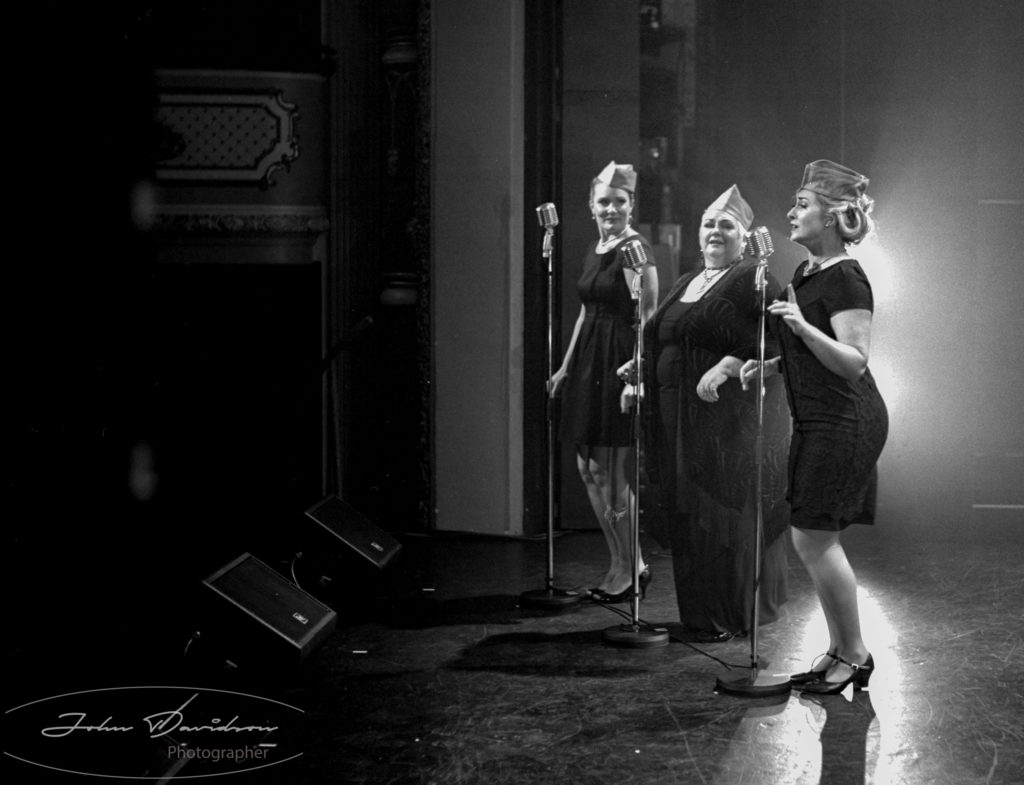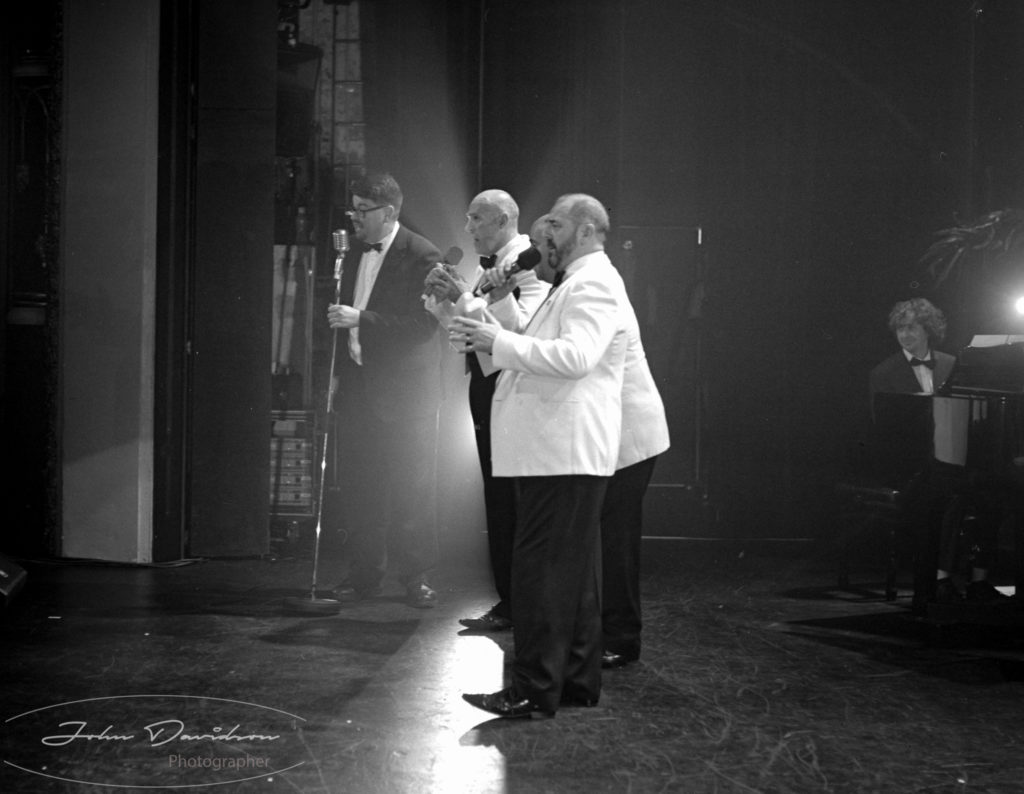Well, I’ve had some time to bond with the Graflex Crown Graphic medium format film camera, and I’m loving it.
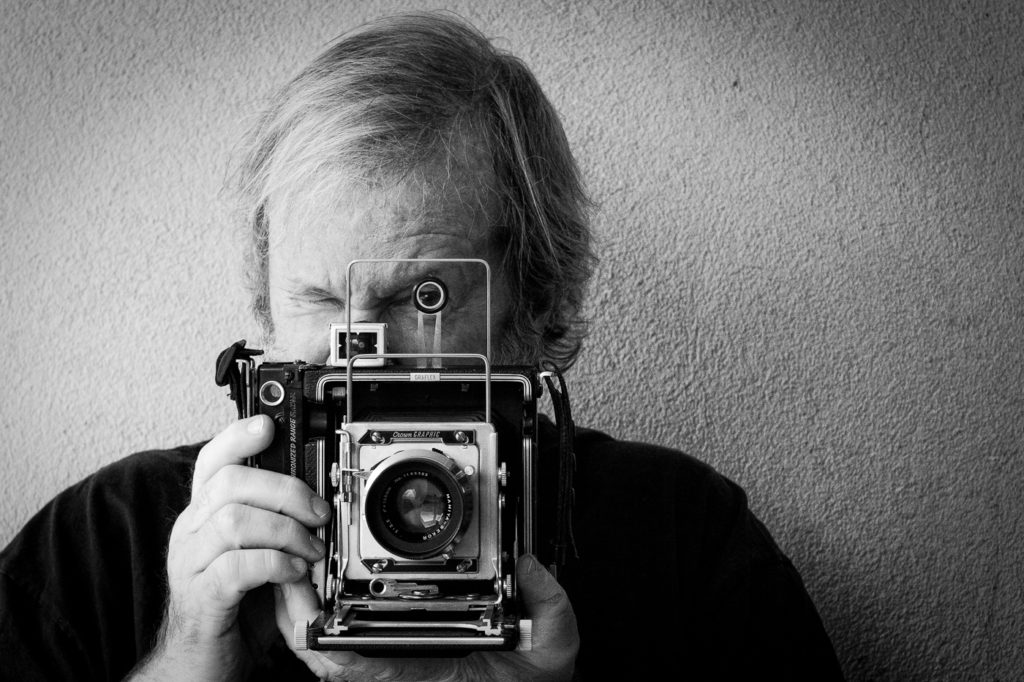
It’s certainly a different experience to digital. Not having built-in metering means you rely on an external light meter, or experience. Outside, you certainly exploit the sunny-16 rule to it’s fullest. I’m also rapidly developing a sense for the light in terms of aperture and shutter speed. No TTL focusing, but it does have rangefinder-type focus that works better than a lot of the split-prism focussing screens in SLRs. Being a leaf shutter, it’s limited to 1/500 sec as its fastest speed. It’s also a bit of a beast to control hand-held. I’m looking for a suitable grip, but they are a bit hard to find.
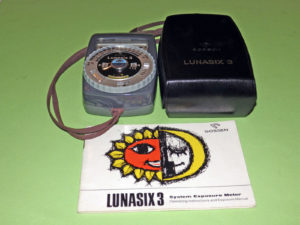
Also, medium format films in this camera give you 10 frames per roll, so you need to be a bit selective in what you shoot. On top of that, it’s manual winding with no shutter interlock, so you need to keep your wits about you to avoid double exposures. I have developed the habit of winding the film on after each shot.
I’ve invested in a second 120 film back, so you get the chance to change films in and out as required, rather than having to wait for the film to finish before changing.
So far, I’ve used it primarily for landscape and tripod mounted stuff, allowing careful setup. It’s very good for that, but it occurred to me that this was the mainstay of news photographers. How did they get their photos of fast action?
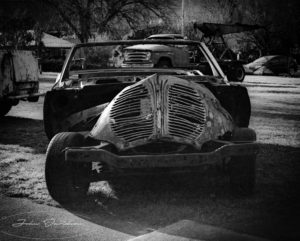
Apart from photography, I stage-manage a number of productions around town, and I wondered how the Graflex would stand up taking medium format images backstage during a production. This one was Croon, a big-band rat-pack show at the Theatre Royal in Hobart, Australia’s oldest live theatre. (As an aside, the show is themed around the same era that this camera comes from, so it’s rather appropriate.) Here, the lighting is constantly changing, often has strong colours and, because I’m stuck in SM corner, I don’t have a lot of freedom to move around. The result is a set of images that show a production from an unusual viewpoint that not many people see.
In terms of settings, I took a couple of light-meter readings during the light check before the show to get a handle on variance. I ended up setting the aperture at f/8, and the shutter speed at 1/60 sec. The meter wanted 1/30 sec for that aperture, but 1/60 is about as low as I can go for hand-held, and I wanted to take some edge off performer movement. Exposure control between images was mainly done by changing the aperture.
For focussing, I initially focussed mid-stage, and then tweaked the focus to suit. As you can see, I think I need a bit more experience doing this.
Films:
Kodak Tri-X 400, or TX400 as it’s now called, for black and white. This has a nice tonal range, and is pretty fine-grained for an ISO 400 film.
Lomography Color Negative 400. I was originally going to use Kodak Portra, but my wife convinced me to try this. It gives highly saturated colour which would probably not work well for portraits, but suits this situation.
All in all, I’m happy with most of the shots. Of the 20 taken, only two were complete technical failures. There were some where the focus was out, but these mainly meant the focal point was in the wrong place, rather than being a complete mess.
So, here they are:
